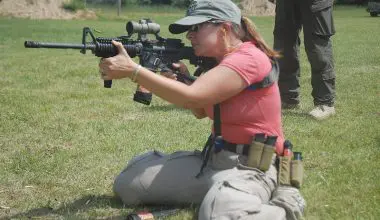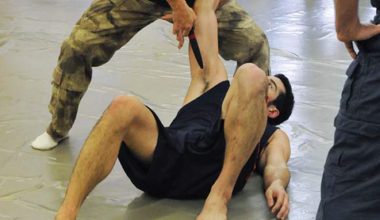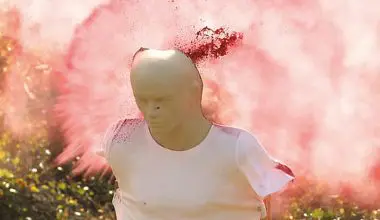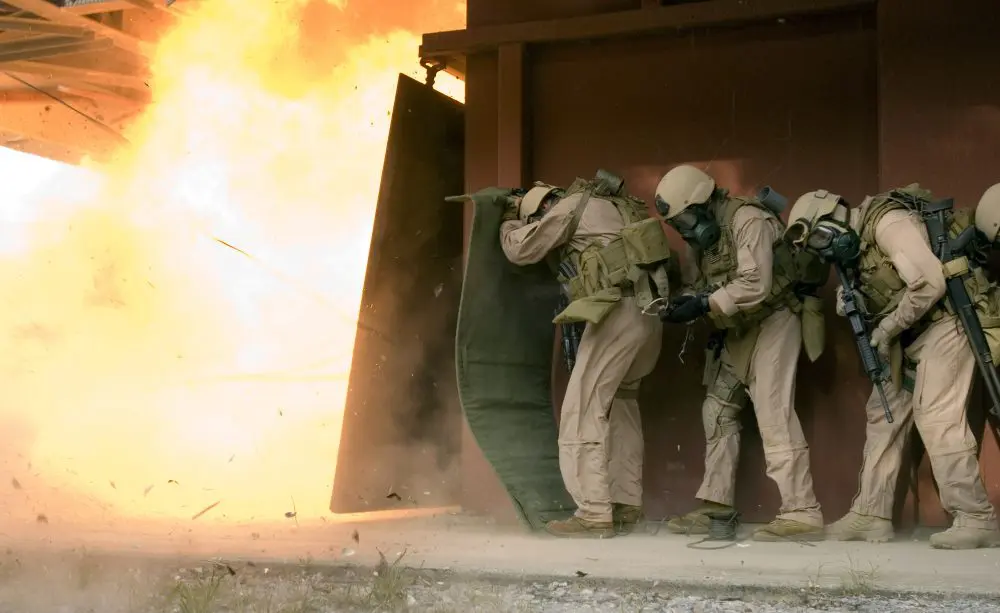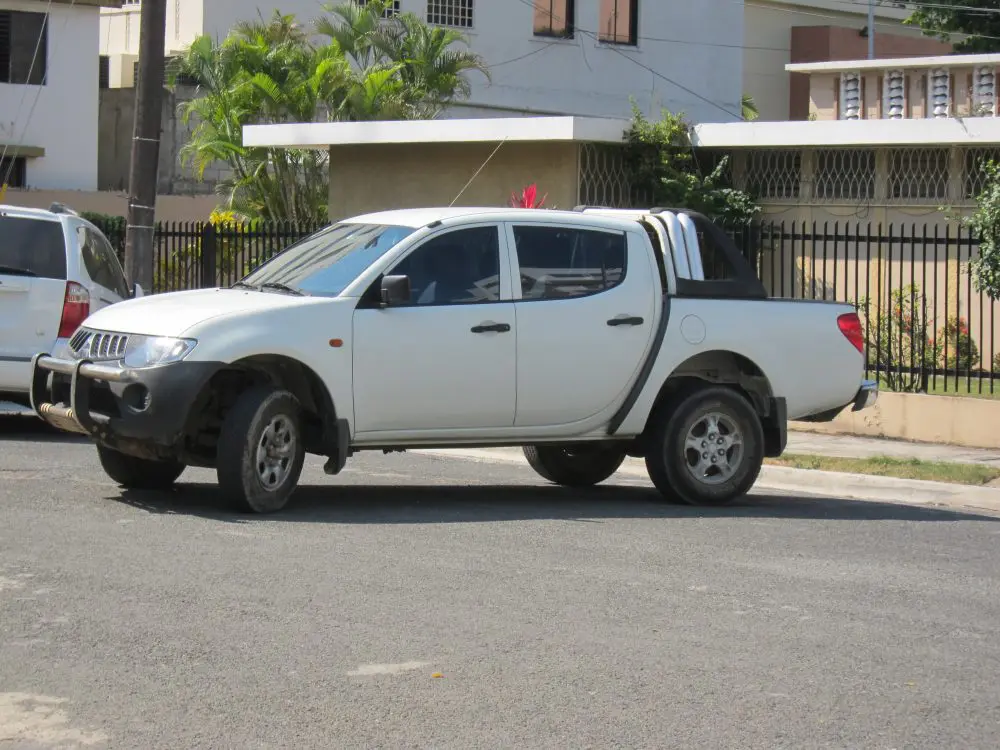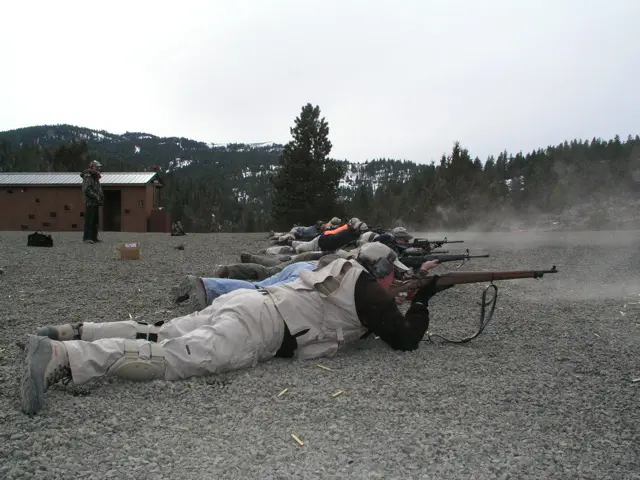LEGENDS grow with the passing of time. And like legends, the simple process of altered translation often dilutes continuingly accepted firearms training techniques over time. As the saying goes, many are the times that “only the facts have been changed to protect the innocent.”
As with a multitude of legends that bear little resemblance to the actual core incident, many training concepts are accepted on blind faith, without question, and with no thought as to whether they have ever been—or actually will be—a viable proposition in a real fight.
If one excludes the singular “Iinvented- it-and-named-it-after-myself” armchair commando wannabe systems, it is obvious that there are a plethora of Eleventh Commandment techniques taught by most training academies that are generally accepted as factual, but that are actually based on a false premise. You can be a good range shooter but a lousy gunfighter, simply because square-range shooting entails shot placement on an inanimate, non-hostile target, while gunfighting requires the same, or at least similar, marksmanship but on a violent, aggressive, moving human adversary.
And since the majority of non-military deadly force encounters involve the use of handguns, there is more training conducted with these weapons than with other firearms—with an attendant percentage of misinformation passed on to the tutored shootist.
This is where the hogwash begins….
For example, you are told to shoot with both eyes open “so you can maintain your peripheral vision during the delivery of projectiles.” Sounds good but is unfortunately untrue. While shooting a pistol with both eyes open is probably preferable to shooting with only one eye open, the above oft-quoted reason is absurd for two reasons.
First, especially since the advent of the ubiquitous computer, a small percentage of shootists will encounter a windage group shift or enlarged group size when they try binocular ironsighted shooting.
Second, and the reason the majority of people shouldn’t care one whit about the “both eyes open” golden rule is that you will not have any peripheral vision in a fight when you are delivering projectiles. None, nada, zip. And don’t let anyone tell you that you will have, unless you’re 300 years old and trained as a Samurai warrior from the age of four, including visual training to counter a close-quarters, tri-pronged attack. This isn’t personal opinion—it is fact.
Right about now, your feces detector should be smelling that the person who passed on the Golden Optical Rule to you hasn’t actually been in all those death-defying gunfights about which he regaled you. Especially when he tells you to leave your feet stationary and swivel your head like the Exorcist at 400 miles per hour, looking for more potential threats. Your brain can’t assimilate the visual information that fast.
Let’s get real.
You’re a lone pistolero, have just dumped an assailant ten feet away, and are now doing your Swan Lake pirouette without moving your hind paws—at night. Doesn’t work too well in the dark. You can’t have a dozen people withdrawing from the firing line and scanning behind them with dedicated lights mounted on their pistols. And this isn’t what we told you to do during the daylight session, where you performed a tactical reload with a half-loaded pistol while your downed opponent was ten feet away, still wriggling— with a gun in his hand.
Since no lone pistolero has successfully performed these antics in a real fight, maybe you want to learn from what has worked for 700 years of battle rather than accept what the latest Internet guru tells you.
Yes, you’ll probably be moving, maybe heading for cover or merely creating distance, and yes, you want to be checking your Six and looking for other potential threats. But it will—for real— be more of an intermittent moving and scanning process than the by-rote Look Cool swivel-hips circus act that many people have been performing on the range in the last four or five years.
Here’s what actually happens in a fight, no matter how many times you’ve been there: As soon as the proverbial midden impacts the oscillator, the socalled “chemical dump” occurs. Cortisol, dopamine, and adrenaline supercharge your neurological impulses at 270 miles per hour, and the panic/fear portion of the brain—the amygdala— gets hit first. The frontal lobe cortex, which controls rational thought, then takes over, the lag time obviously relative to how much ice you have running through your veins. This unit then sorts through 1 billion bytes of memory, combined with shuffling through 72 gigabytes being processed through your visual cortex every second, to elicit a response to the situation.
Then and only then does the cerebellum take over with the “perfect practice makes perfect” drawstroke, sight alignment, and trigger press. And yes, the above-quoted numerical figures are medically and neurologically factual.
So obviously, with all these odds stacked against you in a fight, Gunfighting Rule Number One is: Don’t, if you can possibly avoid it.
Rule Number Two: Don’t Monday morning quarterback some poor unfortunate who ran out of luck and placed second. You weren’t there, you don’t know what transpired, and you’re not as good as you think you are.
And Number Three: Since you’ll have no concept of chronometric time passage during the incident, and you don’t have 360-degree vision like a fly, you may as well tone it down to the pace of rational thought and cognizance of what your eyes are photographing.
Calm down. It’s not an IRS audit— it’s just another lousy gunfight.

